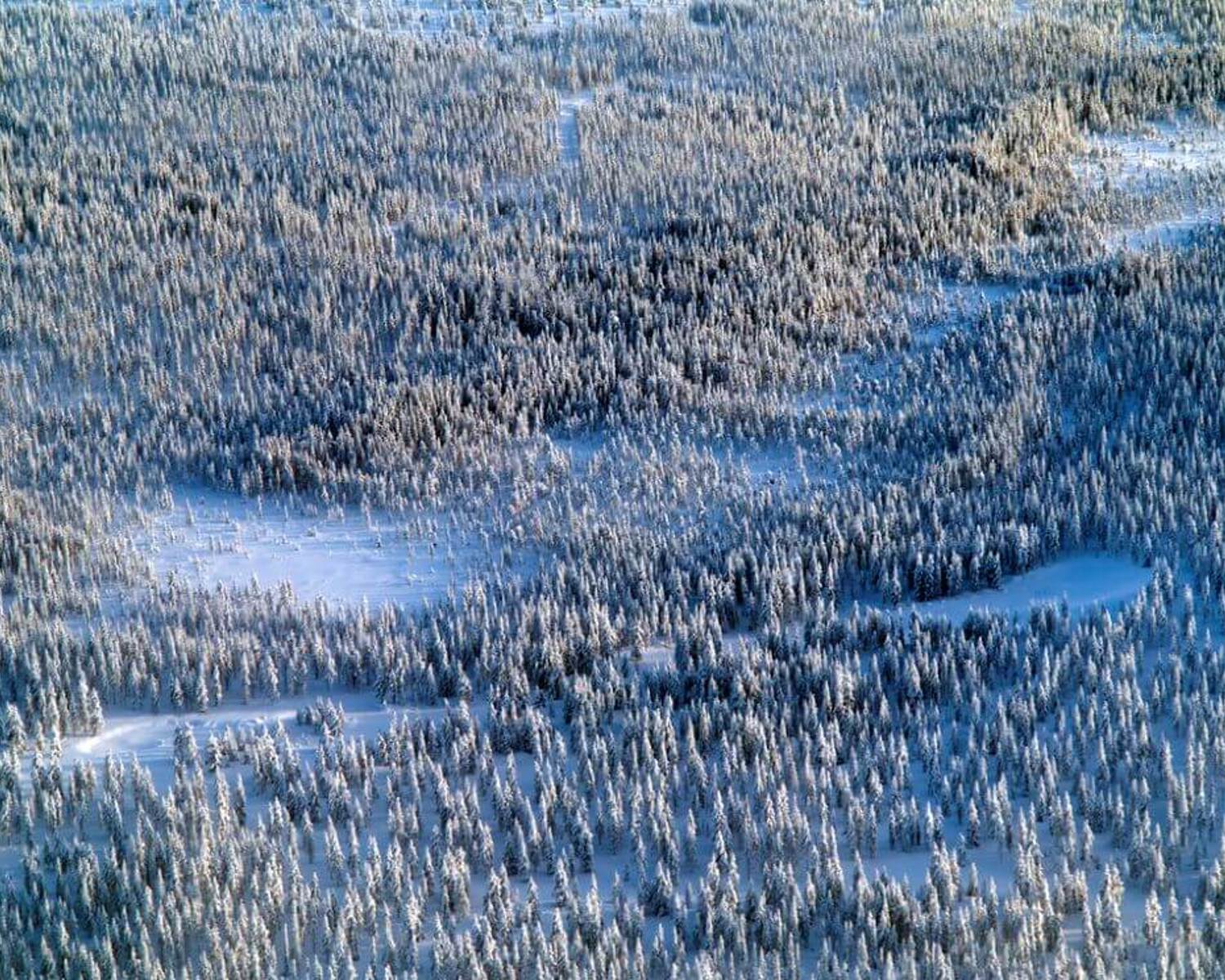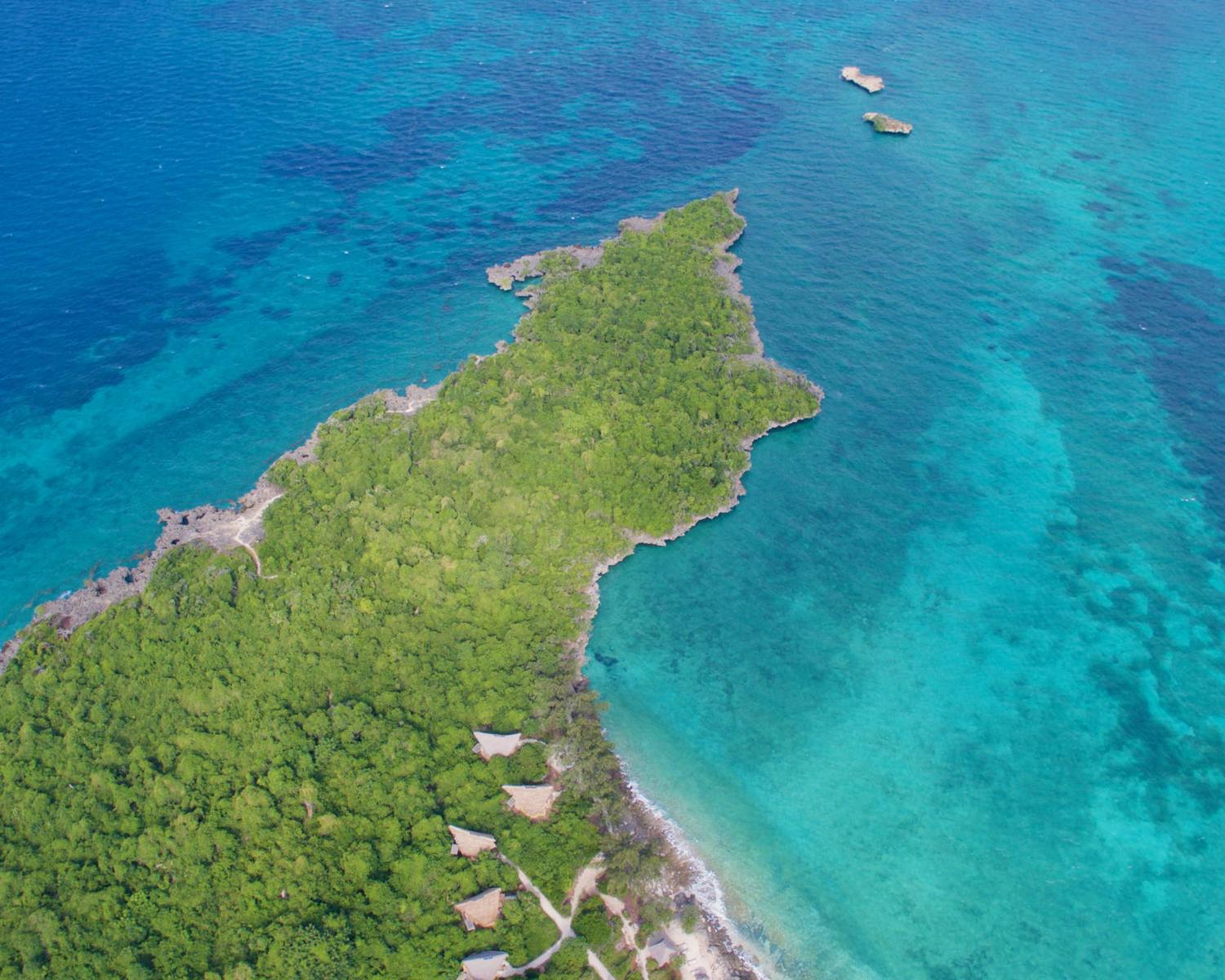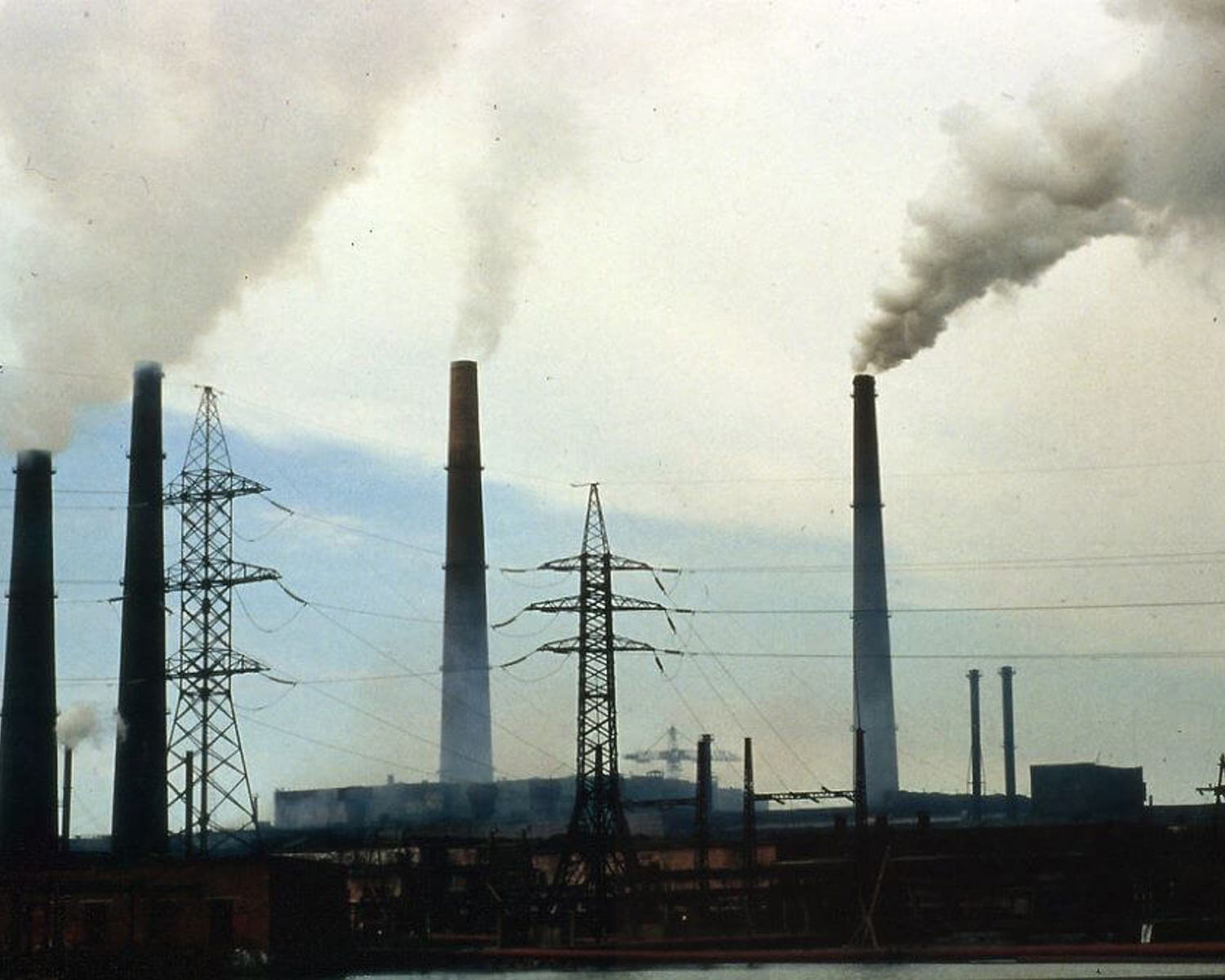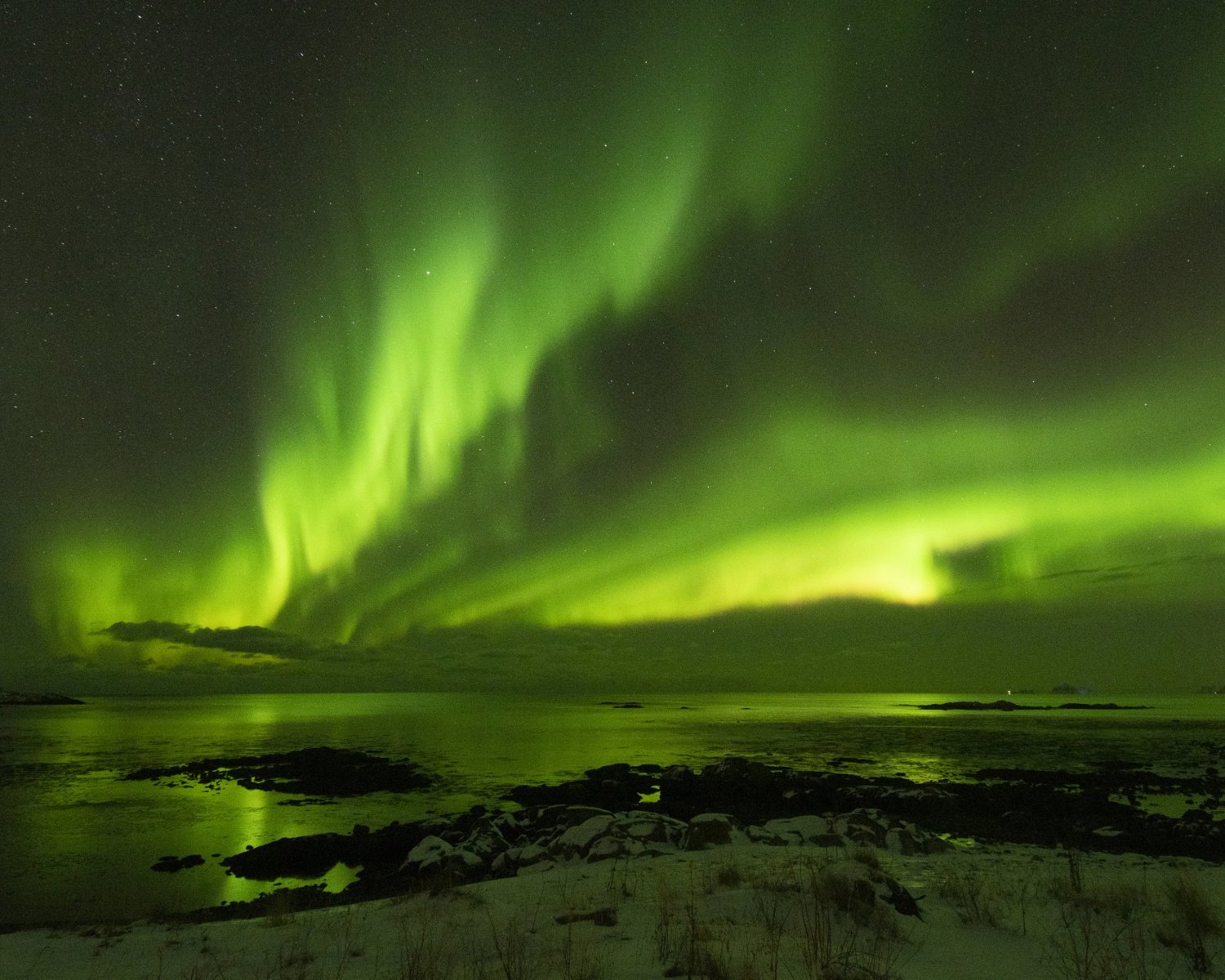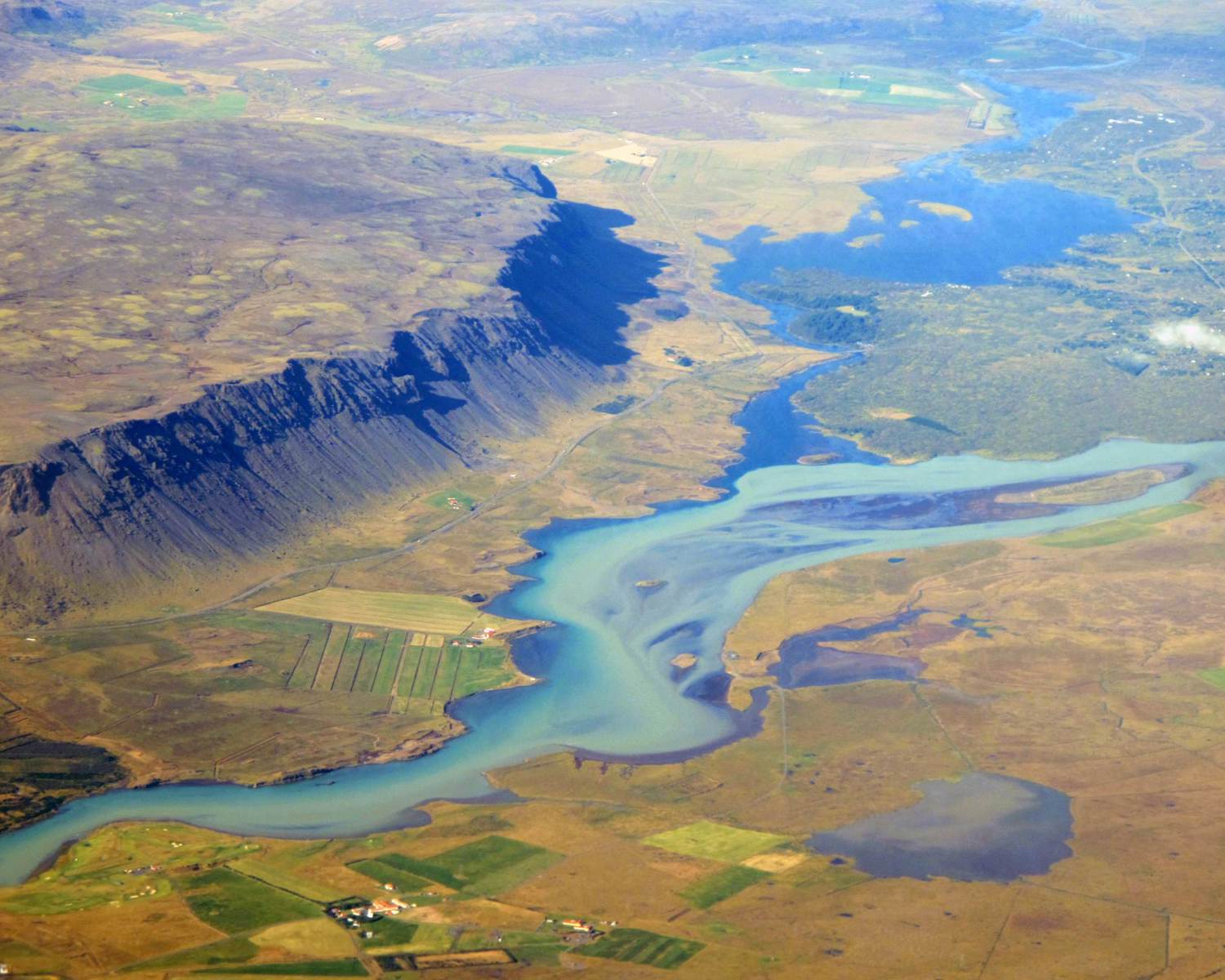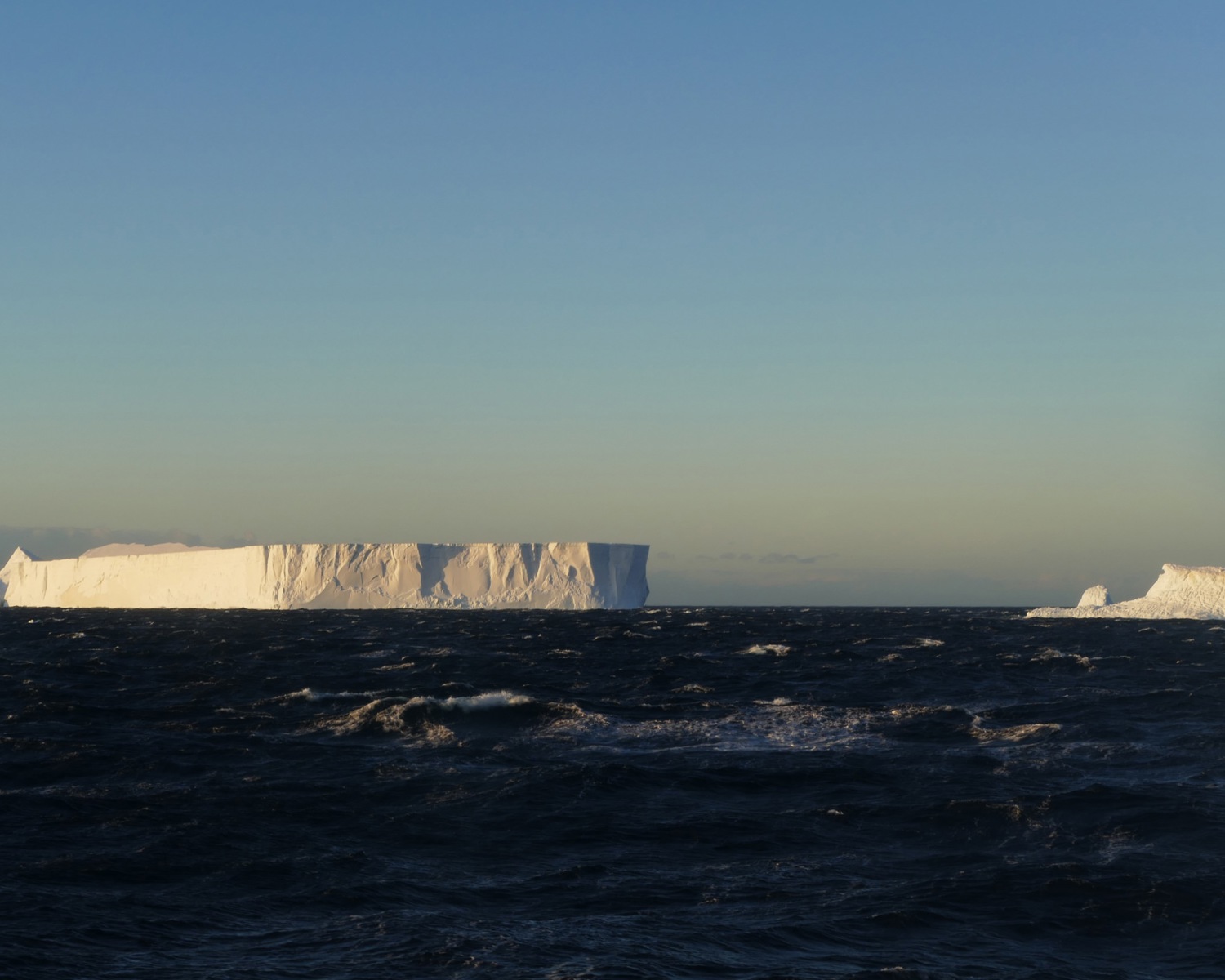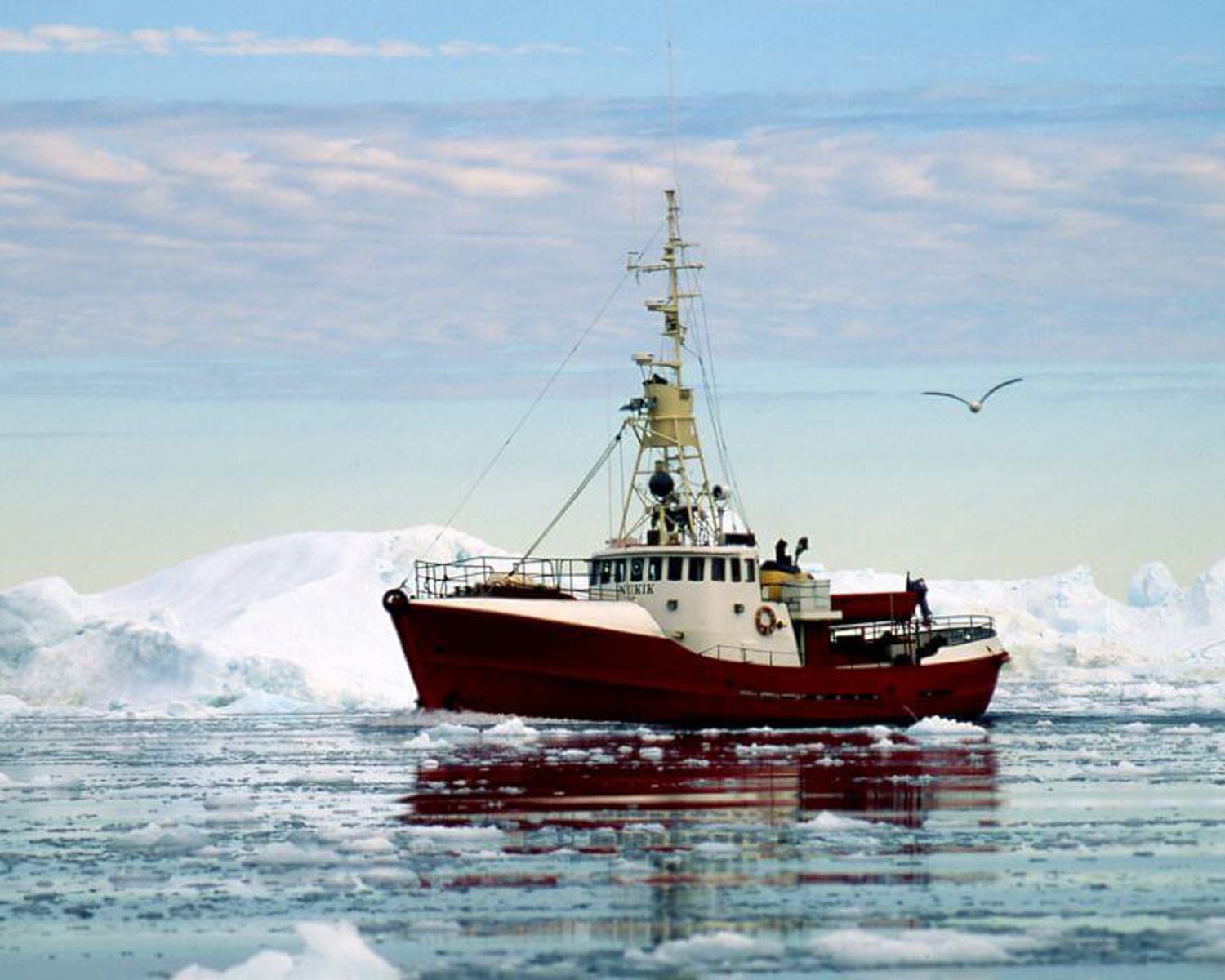Pumping water onto ice sheets

One of the potentially most catastrophic effects of contemporary global warming would be the dramatic increase in sea levels as a result of the melting Greenland and Antarctic ice sheets. Even if all current emissions were immediately stopped, sea level rise could still occur because of locked-in warming (ICCI 2022).
This scheme specifically targets ice sheet melting. The aim is to directly increase ice mass by pumping water or snow on top of the ice sheet (Frieler et al., 2016; Feldmann et al., 2019). This could be accomplished by using large wind-powered pumps, possibly alongside desalination plants, to pump seawater to the top of the ice sheet (which is, on average, 3 km thick). It could then be distributed in different ways. Although snow cannons might be preferable, the water would need to be desalinated first, leading to major increases in energy requirements (Frieler et al. 2016). The other option, directly pumping sea water on the ice sheet, could lead to unfrozen water collecting in ponds, or bare ice patches, which could significantly reduce albedo. In addition, this water could drain towards the bottom of the ice sheet, further lubricating and speeding up the ice sheet discharge rate. There have been various slightly differing proposals for this project. In a recent book, it was suggested to desalinate the seawater first through reverse osmosis, and then spray it onto the ice caps (Khandelwal, 2019; Chauhan et al., 2019)
Analysis overview

Technological Readiness Level (TRL)
Low 1
Although the model studies of Frieler et al. (2016) and Feldmann et al. (2019) show that such a measure might be effective in stabilizing ice sheets or reducing sea level rise, the technology would be prohibitively expensive and complicated to install and maintain due to extreme weather conditions and the remote nature of these ice sheets. Although similar kinds of pumps exist, there have been no further engineering studies into how they might be adjusted and adapted to these conditions as they would require far too much energy to be feasible. The Feldmann et al. (2019) model study shows that lifting the water 640 m on average to cover an area ‘similar to the size of the state of Costa Rica or half the size of Iceland' would already require a significant amount of currently used global energy, and that this would roughly double if the water had to be desalinated first. One option could be to build 12,000 wind turbines, similar to those described in ambitious macro-engineering projects to generate energy on a large scale in Antarctica (Bolonkin and Brook, 2008). But given the difficulties in constructing and maintaining them, this seems to make this project very unattractive compared to other schemes.
Technological Readiness Level (TRL)
A technology with a TRL of 1-3: TRL 1 – Basic; TRL 2 – Concept formulated; TRL 3 – Experimental proof of concept

Scalability
Low 1
Snow accumulation is a low sensitivity knob in the climate system, and melt rates are often far greater than disposition rates. Even if successful in increasing glacier mass, this could eventually accelerate the ice sheet melt and thereby negate any positive effects this measure would have had.
Apart from these geophysical objections, the costs and investments are likely too high for this idea to be scalable.
Scalability
Physically unable to scale; sub-linear/logarithmic efficiency of scalability

Timeliness for near-future effects
Low 1
Constructing the required infrastructure would be a major undertaking, while continuously rising global temperatures would require ever-greater volumes of water to be pumped onto the ice sheets.
Timeliness for near-future effects
Implemented too late to make a significant difference

Northern + Arctic potential
Low 1
This measure seems “plausible” only in Antarctica where lower surface temperatures prevent much surface melt. It would likely be futile in Greenland where surface melt is already extensive. However, if effective in Antarctica, it would also reduce sea level rise in the Northern and Arctic regions.
Northern + Arctic potential
No noticeable extra positive effect beyond the global average; technology is unsuited to the Arctic

Global potential
Low 1
Although water deposition on top of ice sheets could reduce sea level rise (Frieler et al., 2016), ice sheet dynamics would evolve as a result of it, and it is doubtful it would have a significant global effect in the long run (Moore et al., 2020).
Global potential
Insignificant to be detected at a global scale

Cost - benefit
Prohibitive 1
Frieler et al. (2016) state that the ‘costs cannot be reliably estimated,’ but would be extremely high. Moore et al. (2020) therefore conclude it is an ‘entirely implausible use of resources.’
Cost - benefit
Cost of investment comparable to cost of avoided damage

Environmental risks
High risk 1
Feldmann et al. (2019) state that '[t]he building of the wind turbines and the further infrastructure, as well as the extraction of the ocean water itself, would mean the loss of a unique natural reserve, with serious effects on its sensitive marine and coastal ecosystems'.
Environmental risks
Major, serious risks with a high disaster potential; multiple and cascading risks

Community impacts
Neutral 2
Community impacts
Unnoticeable or negligible positive or negative effects

Ease of reversibility
Hard 1
Feldmann et al. (2019) warn that it would be very hard to deal with potential negative effects and hazards of such an enterprise. Any accumulated snow will stay until melted away (potentially over thousands of years).
Ease of reversibility
Impossible or very difficult to reverse

Risk of termination shock
Low risk 3
Risk of termination shock
Low or insignificant termination shock or damage

Legality/governance
Challenging 2
The Protocol on Environmental Protection to the Antarctic Treaty (Secretariat of the Antarctic Treaty, 1991) means to protect the Antarctic, and would most certainly be a major obstacle for the deployment of such measures on the continent. In the Arctic, such an intervention on the Greenland ice sheet would likely have to deal primarily with Greenlandic national governance systems (Corbett and Parson, 2022).
Legality/governance
Fits within existing structures to a certain degree, but some policy changes are needed to deploy at scale

Scientific/media attention
Low 1
Scientific/media attention
Very low attention from individuals and/or abandoned ideas; low media attention; no commercial interest.
References
Alexander A. Bolonkin & Richard Brook Cathcart, 2008. "Antarctica: a southern hemisphere wind power station?," International Journal of Global Environmental Issues, Inderscience Enterprises Ltd, vol. 8(3), pages 262-273. https://doi.org/10.1504/IJGENVI.2008.018641
Chauhan,Shivendra P. S., Chauhan, Shruti, and Singh, Ajay K. (2019) Novel Geoengineering Measure for Mitigating Global Warming. Lambert. 68p. ISBN-10: 6139461324
Corbett, C. R., & Parson, E. A. (2022). Radical climate adaptation in Antarctica. Ecology LQ, 49, 77. https://doi.org/10.15779/Z38BG2HB68
Feldmann, J., Levermann, A., & Mengel, M. (2019). Stabilizing the West Antarctic Ice Sheet by surface mass deposition. Science advances, 5(7), eaaw4132. https://doi.org/10.1126/sciadv.aaw4132
Frieler, K., Mengel, M., & Levermann, A. (2016). Delaying future sea-level rise by storing water in Antarctica. Earth System Dynamics, 7(1), 203-210. https://doi.org/10.5194/esd-7-203-2016
ICCI. 2022. State of the Cryosphere 2022 – Growing Losses, Global Impacts. International Cryosphere Climate Initiative (ICCI), Stockholm, Sweden. 60p. https://iccinet.org/statecryo22/
Khandelwal, Mar 18 2019, Freezing sea water to fight global warming proposed Mon, https://www.daijiworld.com/news/newsDisplay.aspx?newsID=571127

